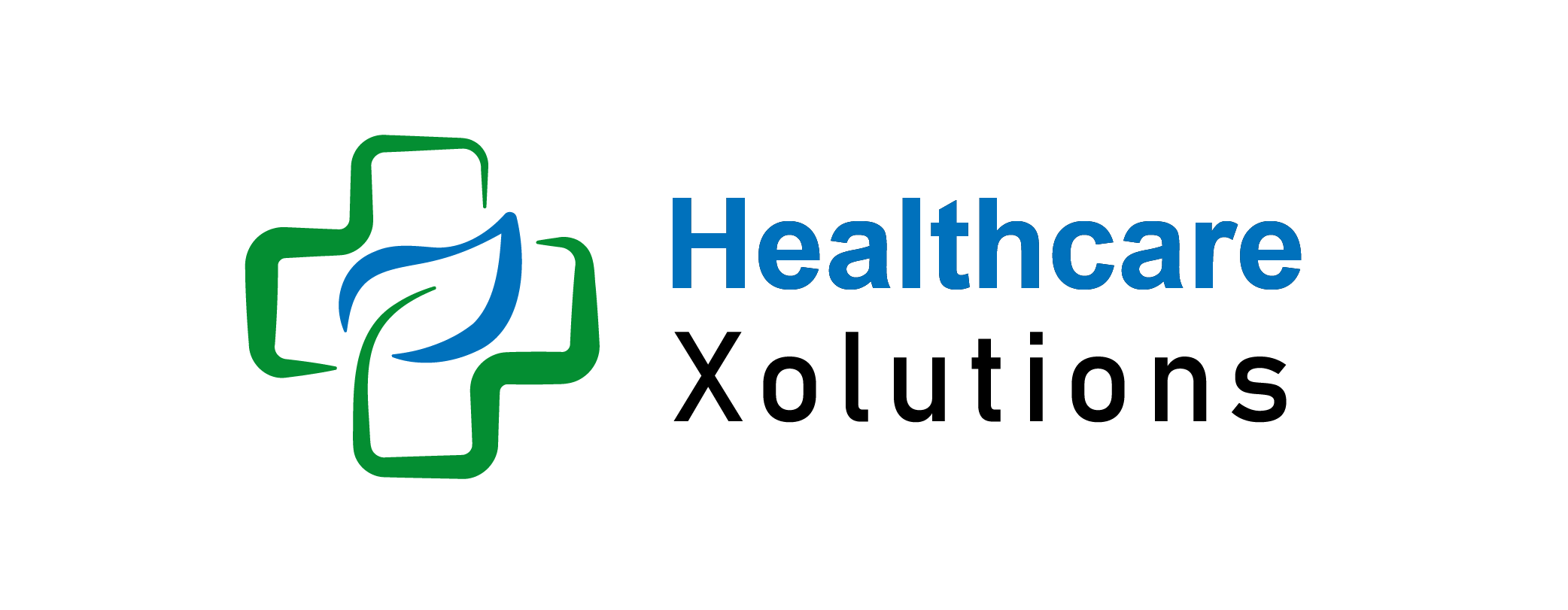How to Maximize Your Health Insurance Benefits? Comprehensive Guide

Maximizing your health insurance benefits is essential for both your health and finances. Many individuals overlook valuable perks, leading to unnecessary healthcare expenses. By understanding your policy and leveraging its full potential, you can save money, improve your well-being, and avoid surprise medical bills.
In this comprehensive guide, we’ll provide actionable tips to help you unlock the full value of your health insurance policy. Whether it’s scheduling preventive care, managing claims, or taking advantage of wellness programs, these strategies will ensure you get the most out of your coverage.
Read More: How Will Healthcare Be In the Future? Key Insights 2024
Key Takeaways:
- Understand Your Policy: Review coverage details, network providers, deductibles, and co-payments to make informed healthcare decisions.
- Schedule Preventive Care: Utilize free services like annual exams and vaccinations to detect health issues early and reduce future costs.
- Stay Within the Network: Using in-network providers can significantly lower your out-of-pocket expenses.
- Utilize Health Savings Accounts (HSAs) or Flexible Spending Accounts (FSAs): Save pre-tax dollars for medical expenses, reducing your taxable income.
- Maximize Wellness Programs: Take advantage of incentives like gym membership discounts and fitness rewards to enhance your health and save money.
Table of Contents
Health Insurance Benefits:
Health insurance benefits refer to the services, treatments, and costs that a health insurance plan covers. These benefits are designed to help policyholders manage healthcare expenses by sharing or covering the costs of medical care.
Key Components of Health Insurance Benefits:
- Preventive Care
- Vaccinations
- Routine check-ups
- Health screenings
- Hospitalization
- Inpatient care
- Surgery and related expenses
- Outpatient Services
- Doctor visits
- Specialist consultations
- Diagnostic tests like X-rays or blood tests
- Prescription Drugs
- Coverage for medications prescribed by doctors
- Emergency Services
- Emergency room visits
- Ambulance services
- Maternity and Newborn Care
- Prenatal and postnatal care
- Delivery and newborn health services
- Mental Health and Substance Abuse Treatment
- Counseling or therapy
- Inpatient or outpatient treatment for mental health issues or substance abuse
- Rehabilitation Services
- Physical therapy
- Occupational therapy
- Speech therapy
- Chronic Disease Management
- Care for long-term illnesses like diabetes or hypertension
- Dental and Vision (Optional or Supplemental)
- Coverage for dental check-ups, procedures, and eye care (often offered as an add-on)
Other Common Features:
- Co-payments and Deductibles: Amounts the policyholder pays out of pocket before the insurance kicks in.
- Coverage Limits: Maximum amount the insurer will pay in a year or lifetime.
- Network Restrictions: Some benefits may only apply when using healthcare providers within the insurer’s network.
Purpose Of Health Insurance Benefits:
- To reduce the financial burden of medical expenses.
- To encourage preventive care and early treatment.
- To provide access to necessary medical care during emergencies or illnesses.
1. Understand Your Policy:
Start by thoroughly reviewing your health insurance plan. Familiarize yourself with:
- Coverage details: Know what’s covered, from specialist visits to hospital stays.
- Network providers: Use in-network providers to reduce costs.
- Deductibles and co-payments: Understand what you’ll pay out-of-pocket.
Request a Summary of Benefits and Coverage (SBC) for a clear breakdown of your policy.
2. Schedule Preventive Care:
Take advantage of the free preventive services your plan offers, such as:
- Annual wellness exams
- Vaccinations
- Screenings for conditions like diabetes, cholesterol, and cancer
These services help detect health issues early, reducing the need for expensive treatments later.
3. Stay Within the Network:
Using in-network providers can save you a significant amount of money. Check if your healthcare provider is in-network before scheduling appointments. Most insurers provide a searchable directory on their websites or apps for convenience.
4. Use Telehealth Services:
Telehealth is a cost-effective and convenient option for non-emergency medical care. Many insurers cover virtual visits for consultations, follow-ups, and prescription refills. This can save you time and money while accessing quality care.
5. Review Your Explanation of Benefits (EOB):
After receiving care, carefully review the Explanation of Benefits (EOB) sent by your insurer. Ensure:
- Charges are accurate
- Claims are processed correctly
- Coverage matches your policy
Report discrepancies promptly to avoid overpaying.
6. Maximize Health Savings Accounts (HSAs) or Flexible Spending Accounts (FSAs):
If eligible, these accounts allow you to save pre-tax dollars for medical expenses. Use them for deductibles, co-pays, and even some over-the-counter medications. For FSAs, note that unused funds may expire at the end of the year.
7. Appeal Denied Claims:
Don’t accept claim denials without question. Review the reasons, gather evidence, and file an appeal if needed. Many denied claims are overturned with proper documentation and persistence.
8. Utilize Wellness Programs:
Check if your insurer offers wellness incentives, such as:
- Discounts on gym memberships
- Fitness rewards
- Smoking cessation support
- Weight management programs
These perks can help you save money while improving your health.
9. Plan for Life Events:
Major life changes like marriage, having a child, or changing jobs can impact your health insurance. Notify your insurer to adjust your coverage and avoid lapses.
10. Stay Updated During Open Enrollment:
Health insurance policies often change annually. Review your plan during open enrollment and make adjustments to match your evolving needs.
Conclusion – How To Maximize Your Health Insurance Benefits?
To truly maximize your health insurance benefits, proactive planning is essential. Understand your policy, use preventive care, and explore all available resources like wellness programs and HSAs. By following these tips, you can save money, maintain your health, and avoid unexpected expenses. Remember, health insurance isn’t just for emergencies it’s a tool for long-term well-being.
FAQs – How To Maximize Your Health Insurance Benefits?
1. What if I don’t understand my health insurance policy?
Contact your insurer’s customer service for assistance and request a Summary of Benefits and Coverage (SBC) for clarity.
2. How can I lower out-of-pocket costs?
Stick to in-network providers, schedule preventive care, and explore discounts through wellness programs.
3. Are preventive services free under all plans?
Most ACA-compliant plans cover preventive care without cost-sharing. Check your specific policy.
4. How do I resolve billing errors?
Review your Explanation of Benefits (EOB), gather supporting documents, and contact your insurer to dispute errors.
